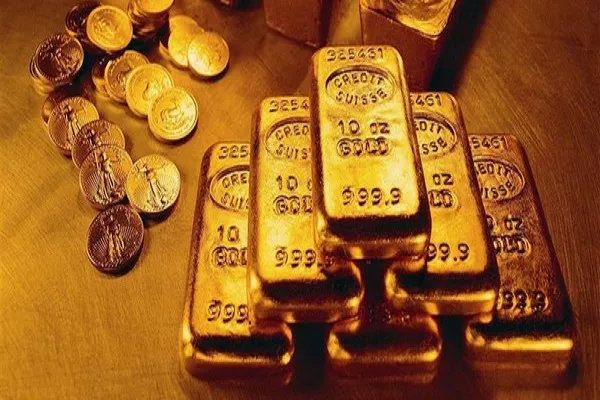Investing in gold is a popular strategy for diversifying portfolios and hedging against economic uncertainties. When purchasing physical gold, buyers often encounter prices quoted as “spot price plus premium.” The spot price represents the current market value of gold per ounce, while the premium reflects additional costs associated with acquiring and selling physical gold.
Determining how much over spot one should pay for gold requires careful consideration of various factors. This article delves into the key elements that influence the premium paid over spot price and provides insights to assist investors in making informed decisions.
Supply and Demand Dynamics
Gold prices are primarily driven by the forces of supply and demand. Fluctuations in these factors can significantly impact the premium paid over spot price. During periods of high demand or limited supply, premiums tend to increase due to scarcity. Conversely, when gold supply surpasses demand, premiums are likely to decrease.
Market Conditions and Economic Outlook
The state of the global economy plays a crucial role in determining gold prices. In times of economic uncertainty, political instability, or inflationary pressures, investors seek the safe-haven qualities of gold, leading to increased demand and higher premiums. Conversely, during favorable economic conditions, when investor confidence is high, gold demand may decrease, resulting in lower premiums.
Coin or Bar Type
The type of gold product being purchased also impacts the premium paid over spot price. Coins and bars carry different premiums due to variations in fabrication, production costs, and collector value. Collectible or rare coins often command higher premiums over spot due to their numismatic value, historical significance, or limited mintage.
Weight and Purity
The weight and purity of gold influence the premium paid over spot. Larger gold bars typically carry lower premiums compared to smaller bars or fractional coins. This is because larger bars are more cost-effective to produce and sell. Additionally, bars or coins with higher purity levels, such as 99.99% fine gold, generally command higher premiums due to their enhanced quality.
Dealer or Seller Markup
The premium over spot also includes the dealer or seller markup, which covers operational costs, profit margins, and other business considerations. Different dealers may offer varying levels of premium based on factors like reputation, location, and customer demand. It’s advisable to compare prices among reputable dealers to ensure a fair premium.
Market Volatility and Liquidity
Gold markets can experience periods of heightened volatility and illiquidity. During these times, when market participants may be hesitant to buy or sell, premiums can rise due to increased perceived risk. Liquidity constraints can further amplify premiums, making it important to consider market conditions when determining the premium over spot.
Conclusion
When purchasing physical gold, understanding the factors that influence the premium paid over the spot price is crucial for investors. Supply and demand dynamics, market conditions, economic outlook, coin or bar type, weight and purity, dealer markup, and market volatility all play significant roles in determining the premium paid.
Investors should carefully evaluate these factors and conduct thorough research before making a purchase. By staying informed about global economic events, monitoring market trends, and comparing prices from reputable dealers, investors can make informed decisions regarding how much over spot they should pay for gold.
It is important to note that premium levels can vary significantly depending on the circumstances and prevailing market conditions. Therefore, investors should exercise caution and seek professional advice when necessary to optimize their gold investment strategy.


